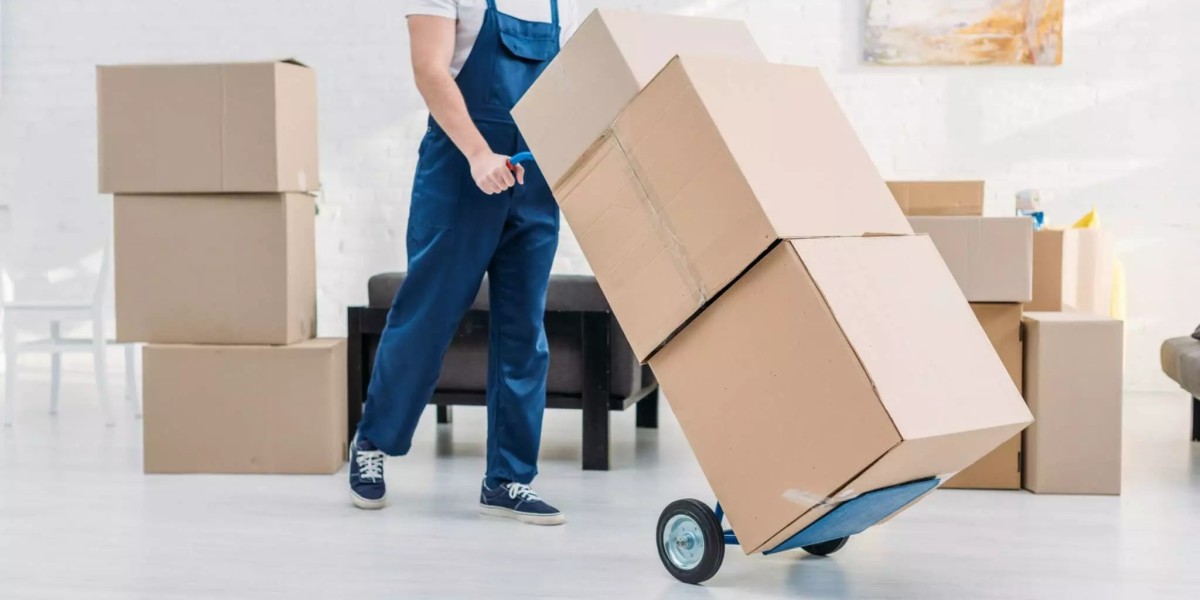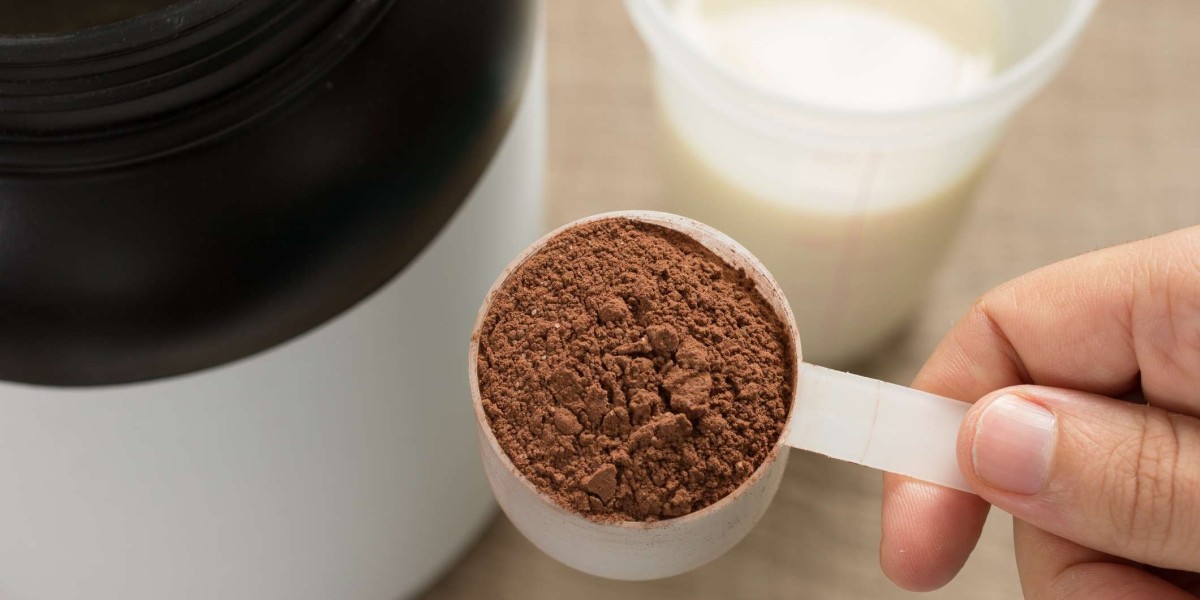As an experienced and professional moving company in Boston, Octopus Moving is here to provide you with a comprehensive guide to DIY packing supplies. This guide will help you gather the necessary materials to ensure your belongings are safe and secure during your move, whether it's local or interstate.
Understanding Your Packing Needs
Before diving into the types of packing supplies you need, it's essential to understand your specific packing needs. Consider the following factors:
- Distance of the Move: Are you moving locally or interstate? Longer distances may require additional padding and protection.
- Types of Items: What items are you packing? Fragile items will need more protection than sturdier items.
- Size of Your Home: The number of rooms and the amount of furniture will affect how many supplies you need.
Once you have a clear understanding of your requirements, you can gather the appropriate supplies.
Essential Packing Supplies
Here’s a detailed list of essential packing supplies to consider for your move:
1. Boxes
Boxes are the foundation of any packing strategy. Here are a few types you might need:
- Small Boxes: Ideal for heavy items like books or canned goods.
- Medium Boxes: Perfect for kitchen items, toys, and small appliances.
- Large Boxes: Great for lightweight, bulky items such as pillows and bedding.
- Wardrobe Boxes: Designed for hanging clothes, these boxes come with a rod for easy transport.

When selecting boxes, consider getting them from a moving company like Octopus Moving, local retail stores, or purchasing them new. Ensure they are sturdy and in good condition to protect your belongings.
2. Packing Tape
Packing tape is crucial for sealing boxes securely. Here are some tips for choosing and using tape:
- Quality Matters: Use high-quality packing tape to prevent boxes from breaking open during transit.
- Dispenser Tool: Consider investing in a tape dispenser for easier application and to save time.
- Reinforce Seams: Use extra tape to reinforce the seams and corners of your boxes, especially for heavy items.
3. Bubble Wrap and Packing Paper
Protecting fragile items is a top priority when packing. Here’s how to use bubble wrap and packing paper effectively:
- Bubble Wrap: Use bubble wrap for items like glassware, dishes, and electronics. Wrap each item individually and use multiple layers for extra protection.
- Packing Paper: This is ideal for wrapping items that are less fragile. It can also be used to fill empty spaces in boxes to prevent items from shifting during transport.
4. Foam Peanuts and Corner Protectors
For added protection, consider these specialized supplies:
- Foam Peanuts: These can fill empty spaces in boxes, providing cushioning for fragile items.
- Corner Protectors: Use these for furniture and larger items to prevent damage to corners during the move.
5. Stretch Wrap
Stretch wrap is a versatile packing supply that can be used in many ways:

- Securing Loose Items: Wrap items together to keep them organized and secure.
- Furniture Protection: Use stretch wrap to protect furniture surfaces from scratches and dust.
6. Labels and Markers
Labeling boxes is vital for an organized move. Here’s how to effectively use labels and markers:
- Color Coding: Use different colors for each room to make unloading easier.
- Clear Descriptions: Clearly label the contents of each box, including whether the items are fragile.
- Inventory List: Consider creating an inventory list to keep track of what you have packed.
Tips for Efficient Packing
Now that you have your supplies, here are some tips for efficient packing:
1. Start Early
Begin packing well in advance of your move. This will reduce stress and allow you to pack systematically.
2. Pack Room by Room
Focus on one room at a time. This helps keep your belongings organized and makes unpacking easier.
3. Use Clothing as Padding
Utilize your clothes, towels, and linens to wrap fragile items. This not only saves space but also adds an extra layer of protection.
4. Don’t Overpack Boxes
Avoid overpacking boxes, as this can lead to breakage or injuries when lifting. Ensure that boxes are filled to the top without excessive weight.
Conclusion
Packing for a move doesn’t have to be overwhelming. With the right DIY packing supplies and strategies from Octopus Moving, you can protect your belongings and ensure a smooth moving experience. Remember to assess your specific needs, gather essential supplies, and follow efficient packing practices.
If you find yourself in need of professional assistance during your move, don’t hesitate to reach out to Octopus Moving. Our experienced team is dedicated to providing reliable local and interstate moving services in Boston. Happy packing!




